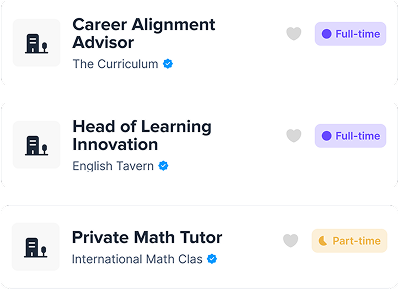In the realm of K-12 education, data-driven decisions have emerged as a cornerstone for enhancing personalized learning, refining assessment strategies, optimizing resource allocation, and fostering early intervention. This transformative approach is fueled by the analysis of various data streams including academic achievements, non-academic factors, program metrics, and perception data. The utilization of these insights empowers educators to make informed choices that directly impact student learning outcomes and overall school effectiveness.
The Significance of Data-Driven Decision-Making
Data-driven decision-making is pivotal at both classroom and district levels. It enables educators to tailor instructional strategies, identify areas of improvement, and benchmark student progress against established standards. Becky Mathison, Assistant Superintendent of Innovation, Teaching, and Learning at Winnetka Public Schools, Illinois, emphasizes the importance of leveraging both quantitative and qualitative data to illuminate student needs and drive educational excellence.
Challenges and Solutions
Despite its benefits, implementing data-driven decision-making poses challenges. Educators often grapple with the time, tools, and expertise needed for effective data collection and analysis. However, investing in high-quality data management systems can streamline these processes, relieving pressure on educators and facilitating a seamless transition towards a data-driven model.
Enhancing Efficiency Through Data Dynamics
The dynamic interplay between quantitative and qualitative data enhances the efficiency and effectiveness of educational decision-making processes. By swiftly grouping students based on data-driven insights, educators can optimize professional learning communities (PLCs) and allocate resources where they are most needed. This approach fosters a holistic understanding of student needs and enables targeted interventions for academic and socio-emotional growth.
Empowering Educators Through Data Literacy
Supporting teachers and staff in effectively collecting, analyzing, and utilizing student data is paramount. Building a positive data culture and promoting data literacy across the district are integral steps in this journey. Mathison underscores the importance of professional development and job-embedded support, coupled with intuitive data tools, to empower educators in leveraging data to drive instructional practices and student success.
Continuous Monitoring and Evaluation
Continuous monitoring and evaluation of data-driven practices are essential for ongoing improvement. Winnetka Public Schools employs a tiered process, from district-level meetings to grade-level team discussions, to analyze data and identify areas of focus. This iterative approach ensures alignment with school improvement goals and facilitates data-informed decision-making at every level of the education system.
Conclusion
In essence, data-driven decision-making in K-12 education is not just a strategy but a mindset. By harnessing the power of data, educators can unlock new possibilities for student achievement and school effectiveness. Through collaborative efforts, ongoing support, and a commitment to data literacy, schools can embark on a journey towards educational excellence, where every decision is driven by insights and every student’s potential is realized.





















